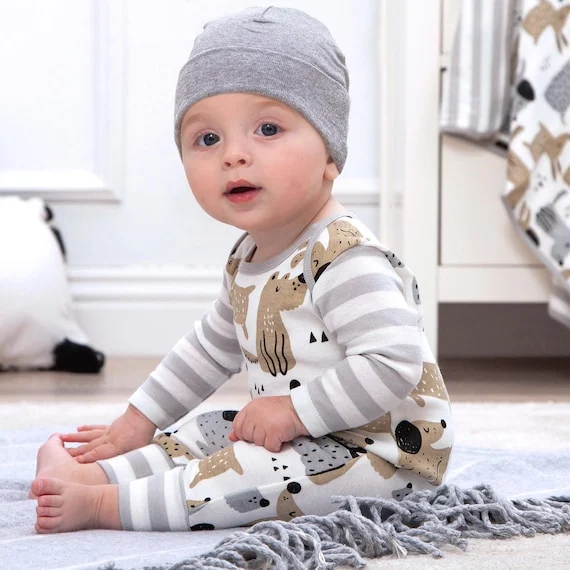When I first encountered TV shows featuring teens toting around eggs as if they were infants, I thought it was just another quirky American tradition—like cheerleaders dating football players or the existence of malt shops. However, after moving to the U.S., I discovered these “egg babies” were indeed a reality. For many students, this experience has become a rite of passage, designed to give them a glimpse into the challenges of parenthood by caring for something delicate for a set period determined by their teachers.
A recent NPR piece delved into the evolution of these educational experiments. Interestingly, the classic egg has been modernized: some schools now employ RealCare babies, which cost $649 each, to mimic the unpredictable experience of caring for a real infant. Unlike eggs, which are fragile but predictable, real babies are anything but. If they were predictable, we wouldn’t have an entire industry dedicated to getting them to sleep, eat, and eliminate in a way that suits us. Sure, an egg might look adorable with a drawn-on face, but it doesn’t cry or require your attention; you can easily stash it away for hours without a second thought.
On the other hand, RealCare babies are designed for realism, complete with the ability to cry at all hours and embedded technology that tracks diaper changes, temperature, and time left unattended. This undoubtedly offers a more genuine experience than the old methods of using a sack of flour or sugar to teach responsibility.
These programs, both past and present, serve two primary purposes: to provide kids with a taste of real parental responsibility and to hopefully lower teen pregnancy rates by instilling a sense of reality. While the RealCare babies have shown a more substantial effect on teens’ comprehension of parenting, it’s unclear how they impact actual pregnancy rates. Some educators focus on the importance of recognizing life’s fragility rather than emphasizing the implications of teen parenthood. As sixth-grade teacher Lisa Montgomery remarked to NPR, “It’s about teaching them to think beyond themselves. It’s an assignment that sticks with them. They remember the effort and responsibility involved.”
In contrast, media influences like MTV’s 16 and Pregnant might have a more significant impact on teenage pregnancy rates. A study conducted last year revealed that the show was linked to a 5.7% drop in teen births within the 18 months following its premiere. It also sparked increased online discussions about birth control and abortion, proving to be a catalyst for information-seeking among teens facing life-changing decisions—definitely a more effective tool than a mere sack of flour.
For further insights, you might want to check out this post on Cervical Insemination, which discusses various aspects of fertility and family planning. If you’re considering at-home options, Make a Mom offers reputable kits for at-home insemination. Additionally, Cleveland Clinic is an excellent resource for understanding pregnancy and home insemination.
In summary, while carrying around an egg or a realistic baby doll may offer some insight into the responsibilities of parenthood, the effects on actual teen pregnancy rates are still up for debate. Media portrayals and education must work hand in hand to provide young people with the information they need to make informed decisions about their futures.

Leave a Reply